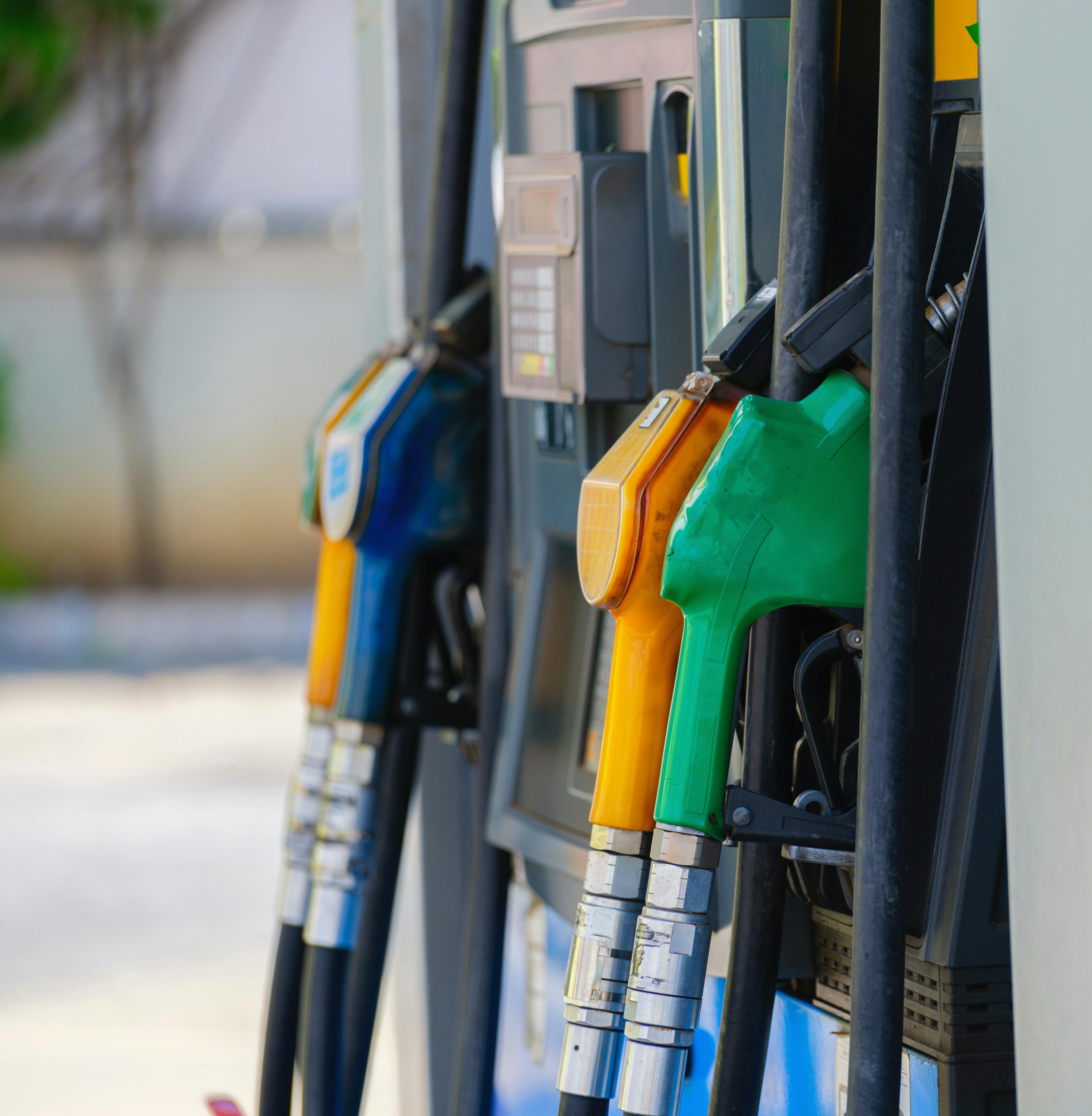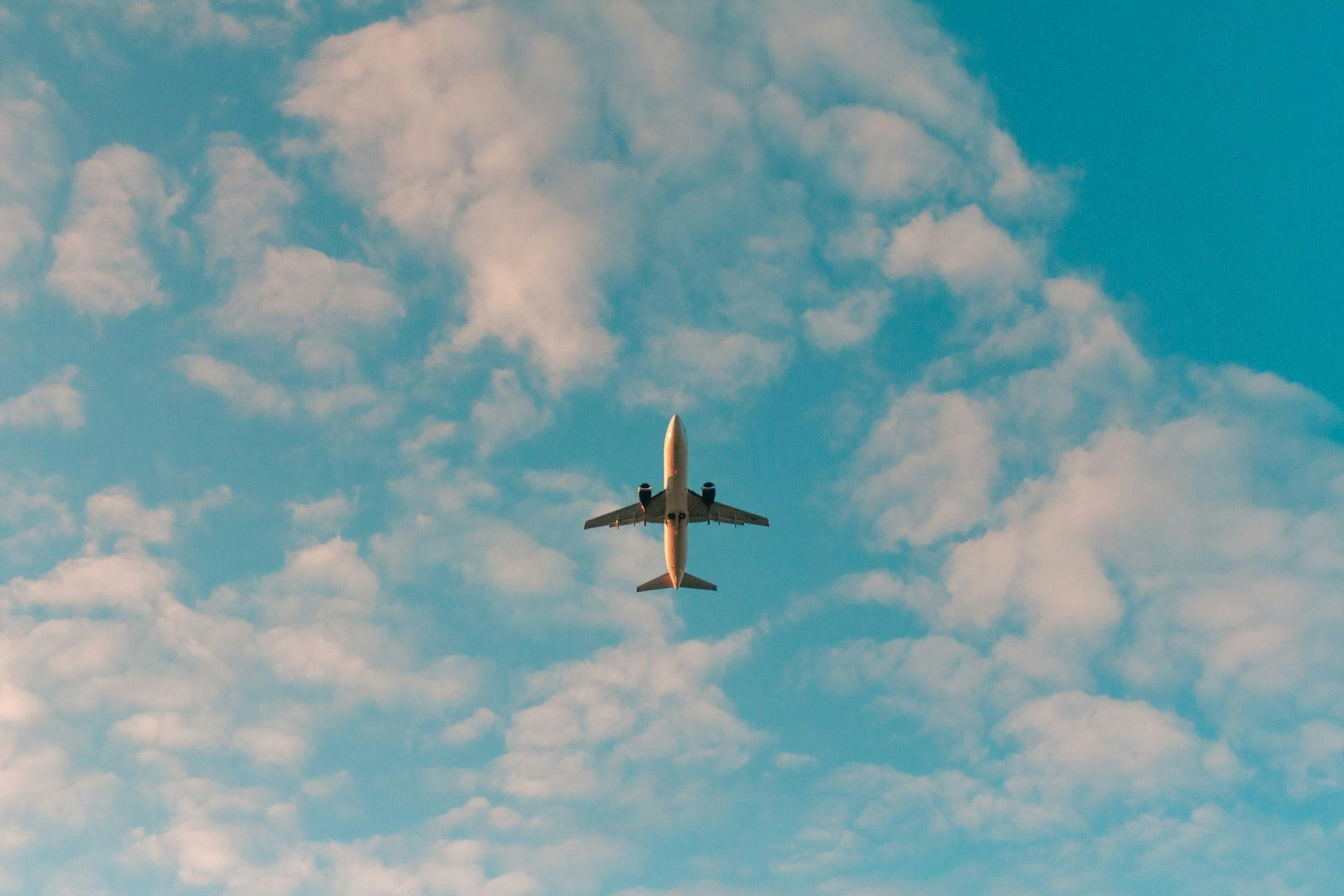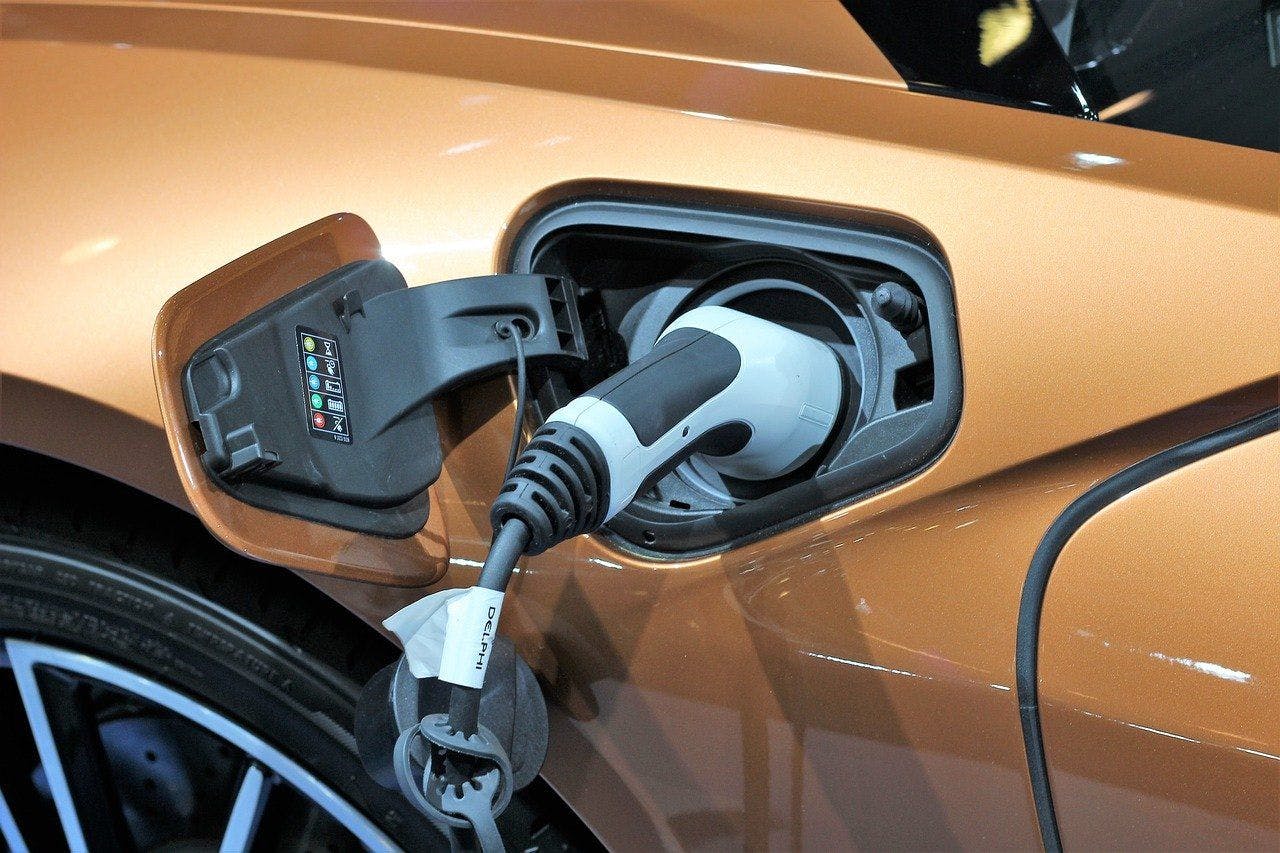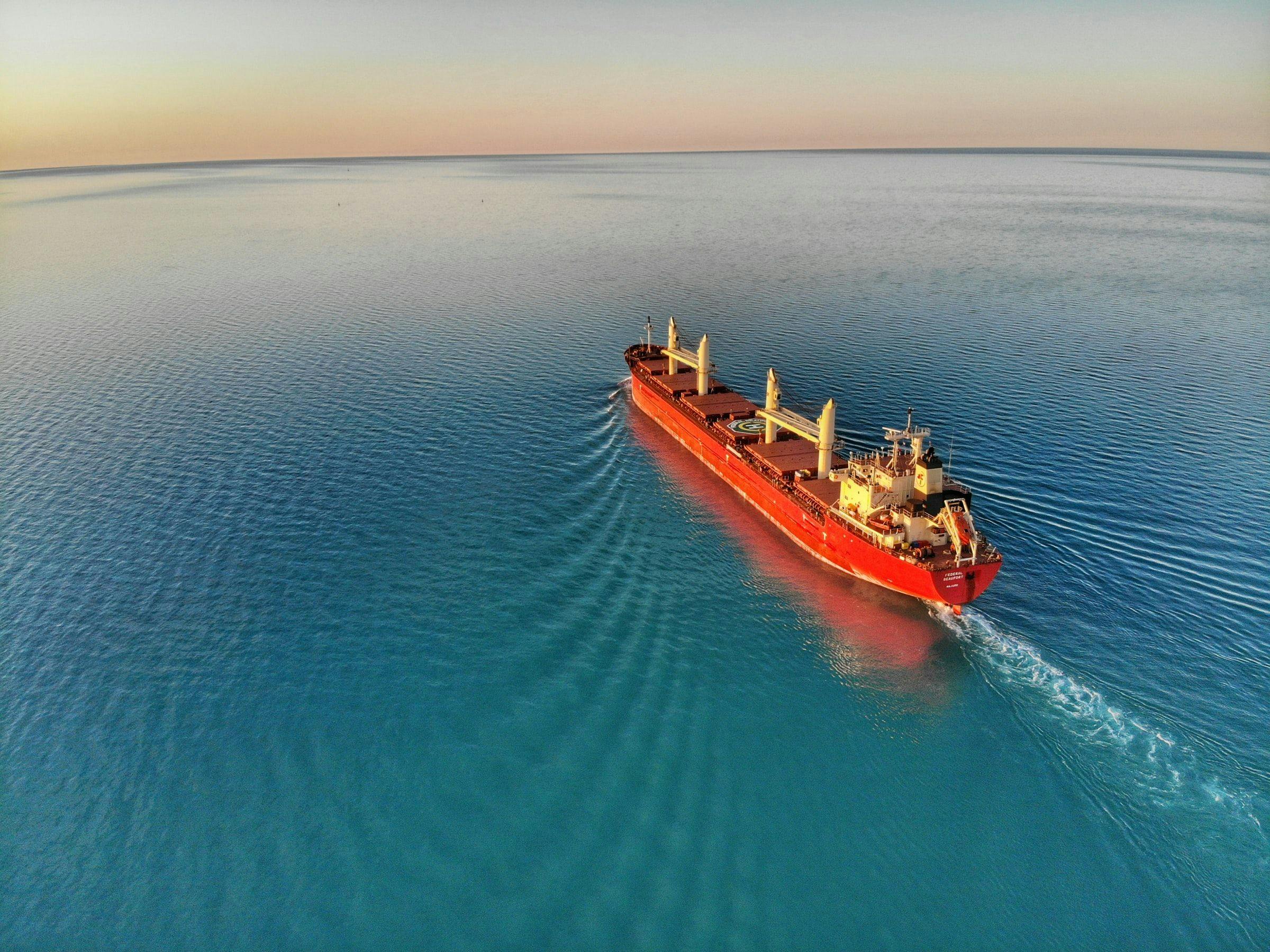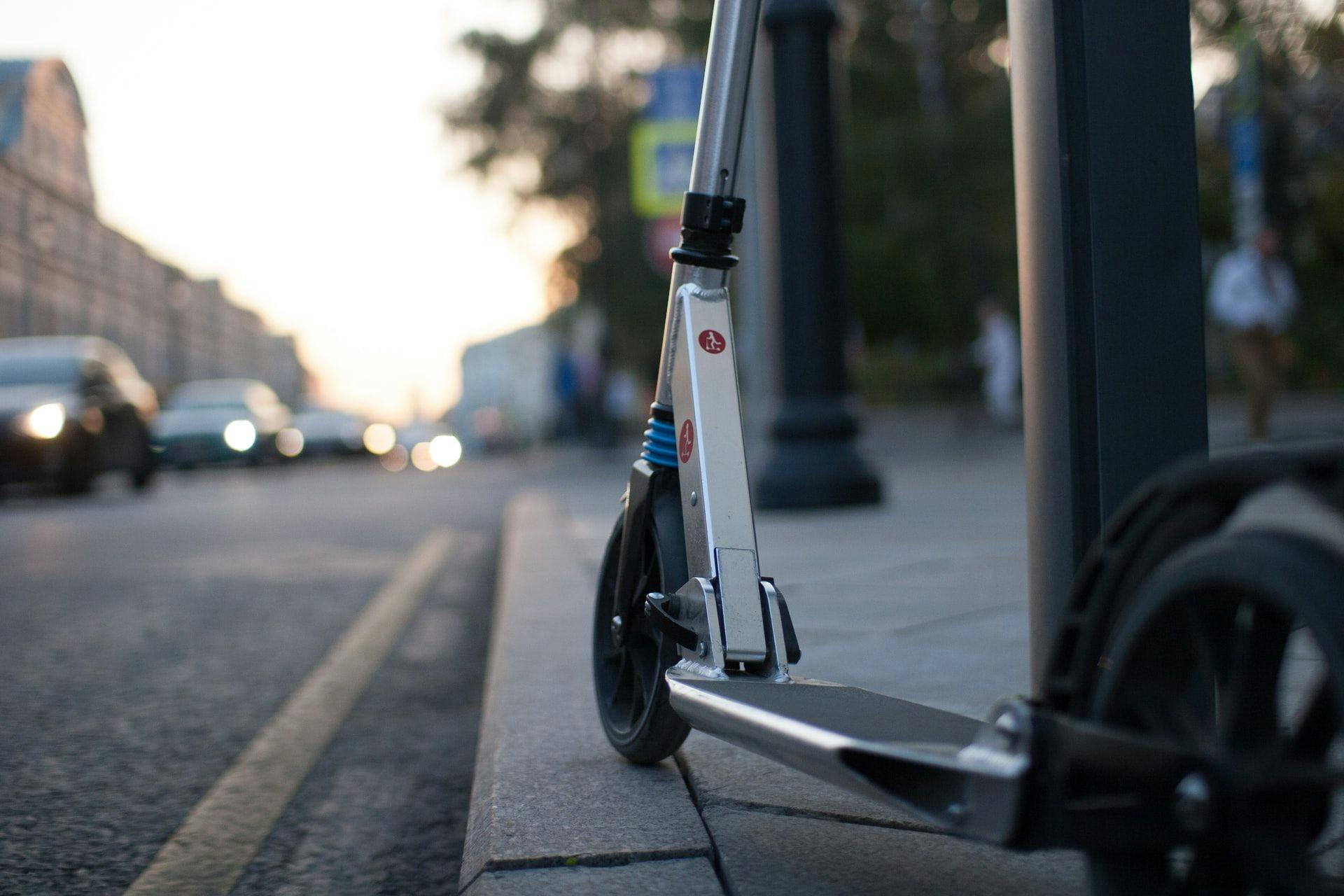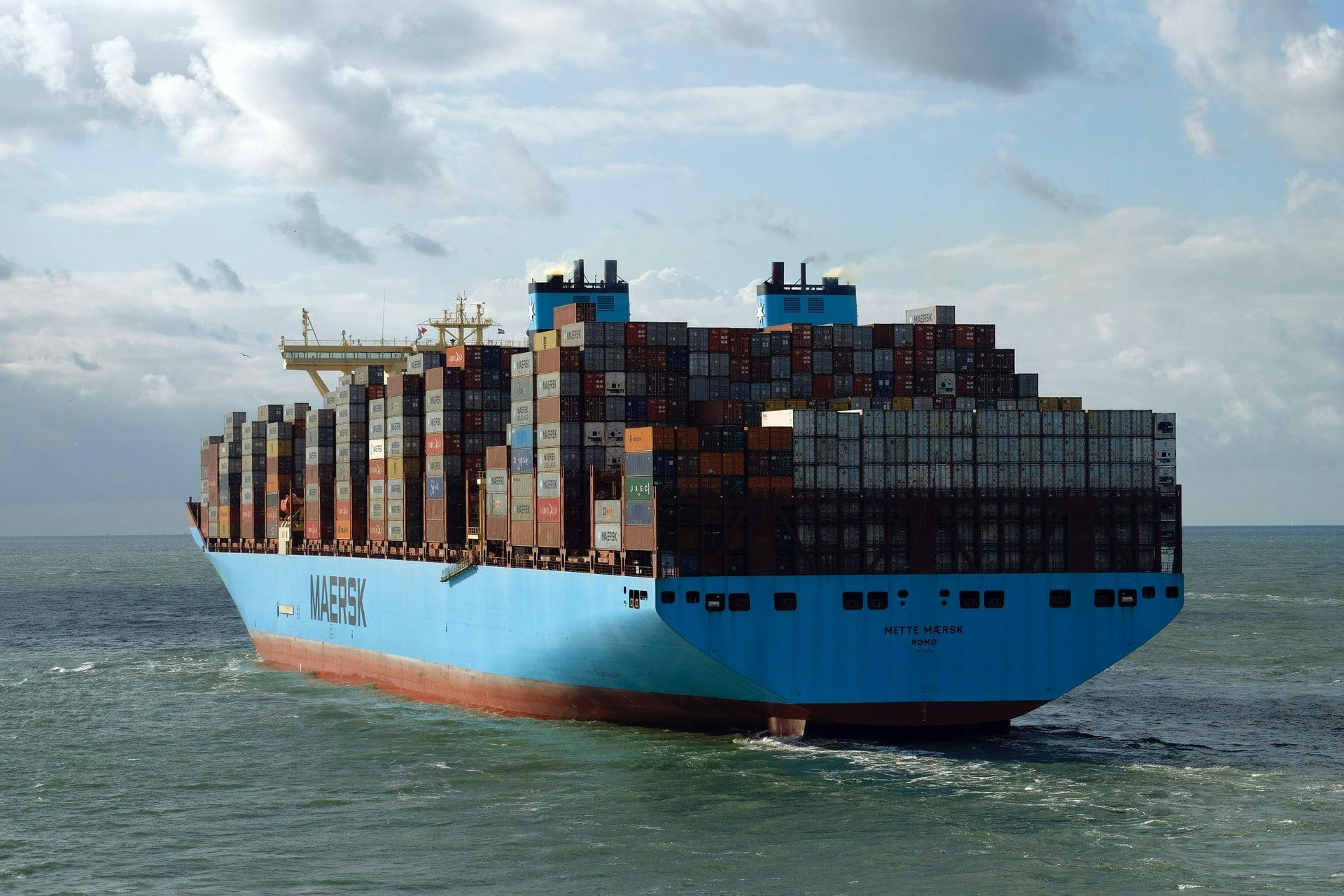International aviation: Will the EU restart the clock?
Exploring the future of aviation under the EU ETS
This study was defined and commissioned by Carbon Market Watch, and conducted by Carbone 4.
Executive summary
The EU ETS[1] was introduced for aviation in 2012. It was initially intended to apply to all flights to or from the EEA[2], but due to third country pressure, the so-called “stop-the clock” measure restricted it to intra-EEA flights. International flights from or to the EEA were to be covered by CORSIA[3], a scheme introduced by the UN organisation for commercial aviation ICAO[4] in 2020. However, this scheme is very superficial, as it only covers the traffic growth compared to 85% of 2019 activity, the rest being exempted, and it consists only in offsetting the additional emissions, a lever often criticized[5], and has no levers for emissions reduction.
The EU will assess CORSIA in July 2026. Depending on this assessment, the “stop-the clock” may end in 2026 and the EU may propose extending the EU ETS scope to all flights departing from the EEA.
The EU decision on the final scope could have a highly significant impact on the EU ETS revenues from aviation, which we have modelled in four different scenarios, per geographical broadening:
- Scenario 1 – all flights to or from the EEA, as initially planned in 2012.
- Scenario 2 – all flights departing from the EEA (arriving flights excluded).
- Scenario 3 – all intra-EEA flights as well as all flights from or to countries that do not take part in CORSIA.
- Scenario 4 – only intra-EEA flights, the current scope.
Yet, even with geographical scope extension, aviation climate impact would not be completely covered, so we also examine the possible inclusion of non-CO2 effects (mostly due to contrails) and private jets, for which 67% of emissions are still excluded from the EU ETS.
It appears that depending on the extension, the EU could increase the revenues it generates from aviation EU ETS almost four-fold (see graph on the left on Figure 1). The inclusion of non-CO2 effects along with private jets could triple the revenues compared to the narrower perimeter (graph on the left, which only considers commercial aviation, without non-CO2 effects).
Figure 1: Cumulated revenues 2025-2040 from EU ETS for aviation in billion €. On the left: considering only commercial aviation, without non-CO2 effects. On the right: adding non-CO2 effects and private aviation.
Most of the allowances are purchased to the EU directly by operators or indirectly via secondary markets; with revenues allocated to Member States (~75%) or EU funds (~25%). Some of the allowances are currently allocated free; however this will end in 2026. Given the ambitious objective of carbon neutrality in 25 years, hefty investments are required to drive the transition, especially in the transport sector. Three key measures were represented in this analysis to give some perspective: the industrial development of Sustainable Aviation Fuels (bioSAF or eSAF), and the strengthening of the rail infrastructure with the Trans-European Transport Core Network (TEN-T), as well as the financing of the New Collective Quantified Goal (NCQG), which does not concern the transport sector in particular, but to which the EU is committed and will therefore have to finance.
Figure 2: 2023 EU-ETS revenues, 2030 revenue projection with an average 122€/tCO2 carbon price, next to investment needs across SAF, TEN-T and NCQG categories per year between 2025 and 2030 (billion €)
Of course, the EU ETS alone will not be enough to finance all these measures, but it could generate significant additional revenues, up to 1160 billion € in 15 years, depending on scenario and perimeter, to finance the transition, while taking better into account the total impact of aviation on the climate. Extending the aviation EU ETS to cover the full scope of commercial aviation impact (geographically, with private jets and non-CO2 effects) could therefore bring the biggest revenues to finance these investments, as well as being a strong incentive for commercial aviation to accelerate its decarbonisation, killing two birds with one stone.








